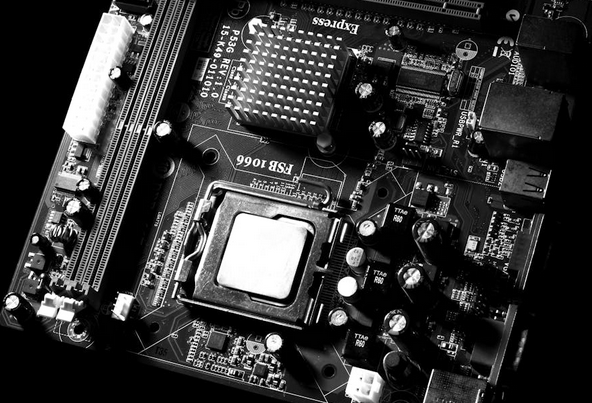In the manufacturing process of electronic products, PCB and PCBA are two indispensable links. PCB is the carrier of electronic components, while PCBA is the finished product after the assembly of components on the PCB. Although closely related, there are many differences in various aspects. This article will detail these differences.

1. Differences in Structure and Material Between PCB and PCBA
① PCB
PCB mainly consists of an insulating substrate, conductive traces, component holes, and solder points. The insulating substrate is usually made of materials such as FR4 and CEM-1, while the conductive traces are mainly made of etched copper foil.
② PCBA
PCBA adds electronic components such as resistors, capacitors, and chips on top of the PCB. These components are fixed on the PCB through soldering or other connection methods to achieve circuit functionality.
2. Differences in Composition and Function Between PCB and PCBA
① PCB
PCB mainly consists of multi-layer structures including insulating substrate, conductive layer, solder mask, and silkscreen layer. Each layer has its specific function, such as the conductive layer responsible for circuit connections, while the solder mask and silkscreen layers promote and prevent adverse phenomena during the soldering process, respectively.
② PCBA
PCBA is composed of PCB, electronic components, and their connecting wires. These components achieve specific functions, such as signal processing and power management, through circuit connections.
3. Requirements for PCB and PCBA Engineers
① PCB
PCB design engineers need to possess professional knowledge in circuit design, routing rules, and electromagnetic compatibility. They should be proficient in design software like CAD and capable of PCB layout and routing design according to product requirements.
② PCBA
PCBA engineers need to have skills in component selection, soldering processes, and testing and debugging based on PCB design. They should be familiar with the characteristics of various electronic components and be able to complete assembly, testing, and repair work for PCBA.
This article is an original piece by Fan Yi Education; please indicate the source when reprinting!